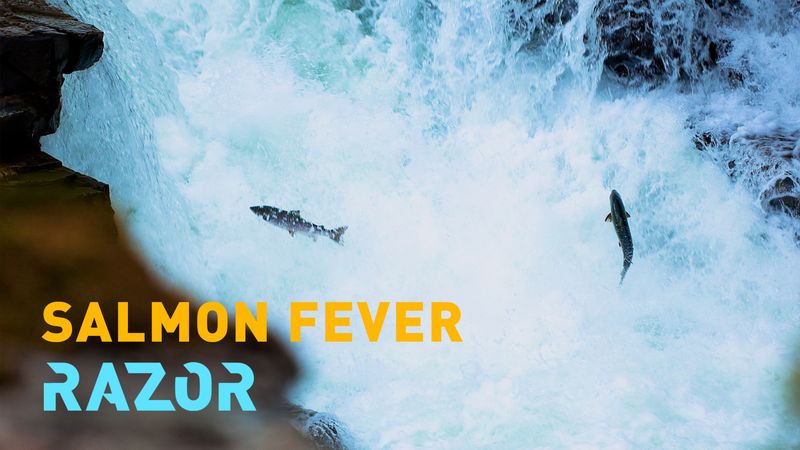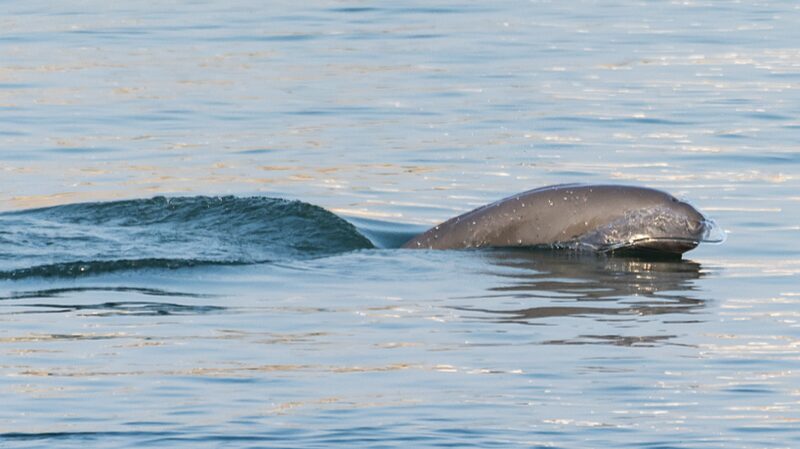In Norway's Arctic rivers, a quiet revolution is unfolding as artificial intelligence joins the centuries-old battle to protect wild Atlantic salmon. The species, deeply woven into local culture and livelihoods, faces an existential threat from invasive Pacific pink salmon introduced decades ago in Russia. Now, Norwegian communities are blending tradition with cutting-edge tech to safeguard their aquatic heritage.
On the Tana River, fishers still use massive wooden traps to manually sort native salmon from invaders. But in Finnmark, Huawei Norway and the Berlevåg Hunting and Fishing Association have deployed an AI-powered system that identifies fish species in milliseconds. Cameras scan each specimen as it enters the trap, automatically diverting invasive pinks to holding tanks while allowing 94% of native salmon to pass freely—a precision rate that manual methods can't match.
"This isn't just about technology—it's about preserving a way of life," says Vegard Kjenner, Huawei Norway's CTO. The project, part of Huawei's TECH4ALL environmental initiative, has already removed over 6,000 pink salmon from a single river in one season. Engineers worked closely with local fishers to design systems that respect salmon migration patterns and traditional knowledge.
Climate change adds urgency to the crisis, with unpredictable floods shortening installation windows for protective measures. Yet the collaboration between tech experts and Arctic communities offers a blueprint for conservation efforts worldwide. As rivers warm and invasive species spread, such innovations may prove crucial in maintaining ecological balance.
For Norway's northern residents, the fight transcends biology. "Salmon fever"—that deep cultural connection to the silver-scaled migrants—fuels their determination. Through wooden traps and neural networks alike, they're writing a new chapter in humanity's relationship with nature.
Reference(s):
cgtn.com








